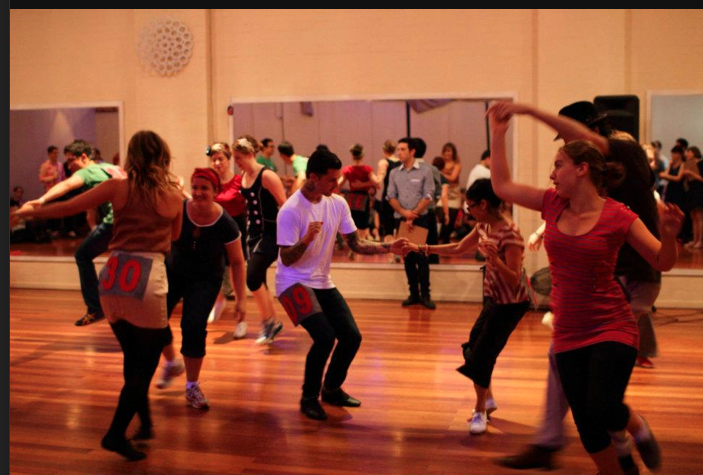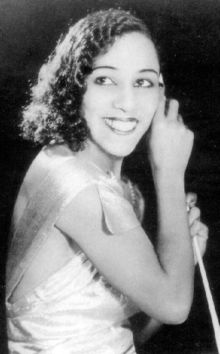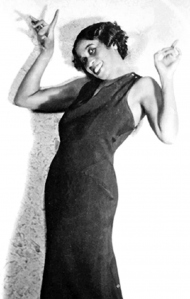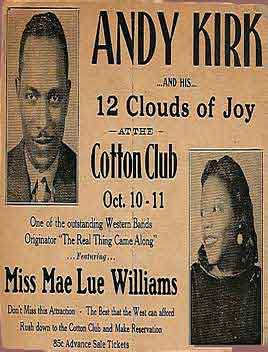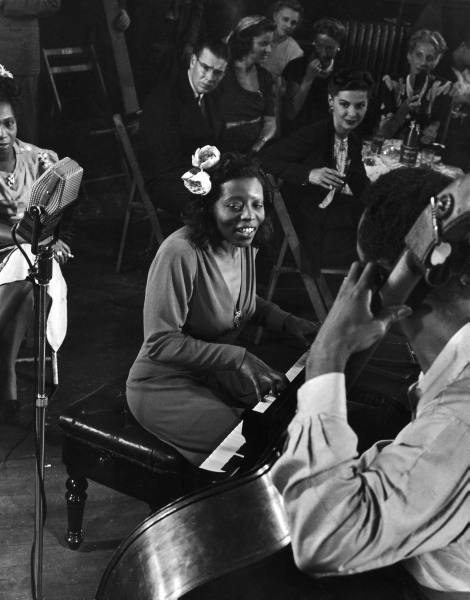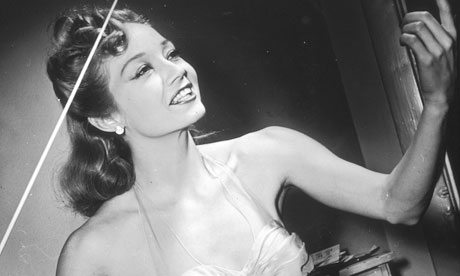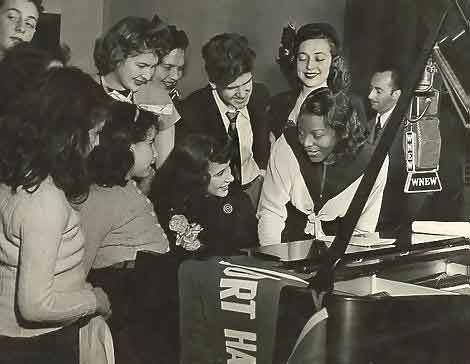As you may or may not know, I’m teaching lindy hop with a female friend. That means that the students have two female teachers, one leading and one following. So far it hasn’t seemed to make any difference to their learning or relationship with us – beginners are too busy worrying about their feet to actually notice that the leader teacher has boobs. One of the nicest parts about our class has been that we see regular women leaders and a male follower – all very serious about learning.
One of the things we worried about when we started planning classes which welcomed – normalised! – female leads, male follows and generally genderflexed approaches to dance roles was how we’d handle some problems. We welcome women who don’t feel comfortable dancing with men (for whatever reason), and we also welcome men who’d rather dance with men. But we weren’t sure how we’d make clear who was leading, who was following, and who wanted to dance with whom.
My first instinct is ‘everyone dance with everyone else – we’re a safe, welcoming place’, but I also understand that many women simply don’t feel safe or ok being touched by men. And that some men would really rather dance with other men, because the opportunities to social dance like this with other men are so few and far between. So how were we to accomodate all these variations in partnering?
Well, we haven’t solved those particular problems (we are currently just encouraging everyone and hopefully modelling a dancing partnership where each partner is treated with respect, and dancers learn to touch in a respectful way), but other problems have turned up. For as long as I’ve been leading, I’ve never been in a class where no one has remarked on the fact that I’m a woman leading (rather a man). Until this past weekend at the Sweet n Hot workshops, where nobody commented, and even I forgot that I was doing something unusual. Until I had to ask (reluctantly, and with trembling-scardycatness) for the teachers to use gender neutral pronouns because I was getting confused. Generally, though, I’m placed in a position where I have to respond to endless, endless comments about the fact that I’m a woman. I’ve always replied with lighthearted explanations.
I suspect that the students in our classes have had similar experiences. We usually mention the fact that we welcome students in either role, though we are still figuring out a way to do this that doesn’t imply that male leaders and female followers were/are ‘normal’, because they have always been just one option of many. But students are obviously still dealing with curious comments.
I’ve realised over the last couple of weeks, though, that the students have figured out their own solution. They just write ‘leader’ or ‘follower’ on their name tag, underneath their name. Simple, and effective. Why haven’t I ever thought of that? #doofus
Happy International Women’s Day! Some problems need big, complicated, difficult solutions. But others just need a little practical thinking.

